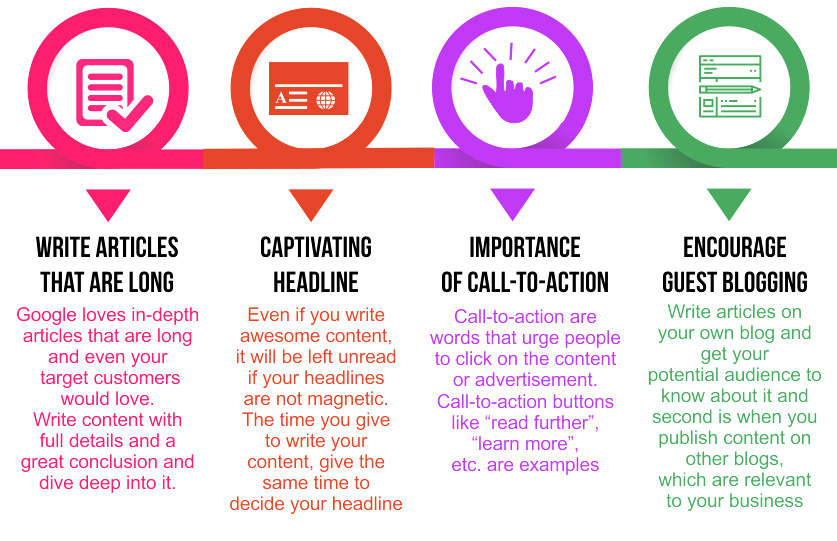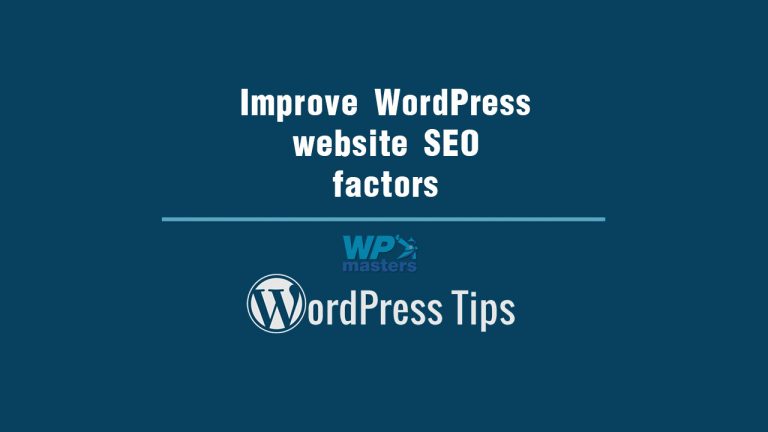SEO experts acknowledge that modern search engines do not determine website search ranking based on a small number of factors. Instead, they solve a truly complex puzzle which combines user experience, user engagement, content structure, depth, and relevance, with the traditional on-page SEO.
Additional factors that are not yet confirmed as hard ranking factors but need your attention are website security, URL structure with 0 bad links, interlinking and responsive design that is mobile friendly. The nature of SEO is such that you need to work on all of these elements or your website ranking might be substantially dragged down by a single one.
Website content
Everybody talks about content quality. Fact is search engines are getting smarter and they will become able to extrapolate specific content as a search result from our websites, and Features Snippets are only the beginning. That is because search engines will cater to search users, striving to anticipate and fulfill user demand.
This means website owners must understand their own visitors/users and provide content that is not just relevant but also fulfills the user intent in a specific search.
Google investment into AI and neural matching is the reason behind large shifts in ranking for the past year, and no doubt this year it will continue. This means we have to optimize our website content with regard to a better understanding of the keyword used in our own content. Add semantic similarities to specific wanted keywords to optimize content around those terms.
Content depth
Search engine algorithm can “read” and analyze content with thousands of words effortlessly. Common opinion on post length is that every post longer than 500 words is providing beneficial SEO. Recent analysis indicates posts made with 1200+ words receive the largest organic traffic.
This indicates to search engines favor long-form content in specific informational user searches. What you should be doing is research top ranked pages for your business niche with relevant target keywords and analyze their content.
Add semantically related words, and if possible add answers to question that is relevant about that specific topic. This kind of deep content will provide a new perspective.

Content structure
Titles, subheading and header tags are important parts of the content structure. These will help your visitors/readers as well as improve SEO (search engines love them). In order to make an improvement, you will need keywords in title tags, URL slug, page title and as well as create header sections.
Crawlability and technical structure
A smaller website with links to every single page from their homepage may not have a large concern for interlinking and crawl-ability, but a heavier and older website with a lot of content should be looking into optimizing interlinking as well as having a sitemap.
A simple way to improve this is to use a WordPress plugin to make a sitemap and submit it manually through Google Search Console and Bing Webmaster Tools. Note that you should check if your redirects and dynamic URLs are in order.
User engagement is an indicator
Suspected as one of the soft ranking factors, user engagement can give insight. How many pages does user view before leaving your website? This is an indicator of how engaging your website articles are. If users are interacting with multiple articles on your website in one session then your work is aimed at satisfying their intent.
You can improve user engagement by finding ways to encourage longer sessions or more page views per session, such as calls to action or additional navigation options to relevant content within your website.
Website security
I would never leave my personal information (email, address, credit card number … etc) with a website that is not secure, and I am sure many other internet users think so.
Any page that demands visitor entering sensitive data should be redirected to their HTTPS counterpart, though mixed content might involve additional issues. HTTPS secure website will ensure transaction security for your website, as well as add a soft ranking factor for Google. This improvement demands that you contact your hosting provider and implement SSL certification.

Mobile first and responsive design
Fast page loading speed and mobile-friendly design are imperative, as mobile devices are used anywhere and everywhere to browse the internet. Google’s primary ranking index is mobile, meaning it is updated before the desktop. Luckily, WordPress websites are easily made responsive, by using a responsive theme.
Page loading speed can be improved by optimizing media content. While you could do it manually, a better option is to have a WordPress plugin do it for you. This way your website will display larger images and media for desktop users, while mobile users will enjoy faster loading time with smaller, resized media that still looks flawless on a smaller screen.
Conclusion
Additional improvement involves Voice Search and ranking on the Featured Snippets though these are intended as results for a search that has one definite answer.
The techniques mentioned here are only the tip of the iceberg. Anytime is the best time to work on improving your website SEO, and now is the right time to start!

